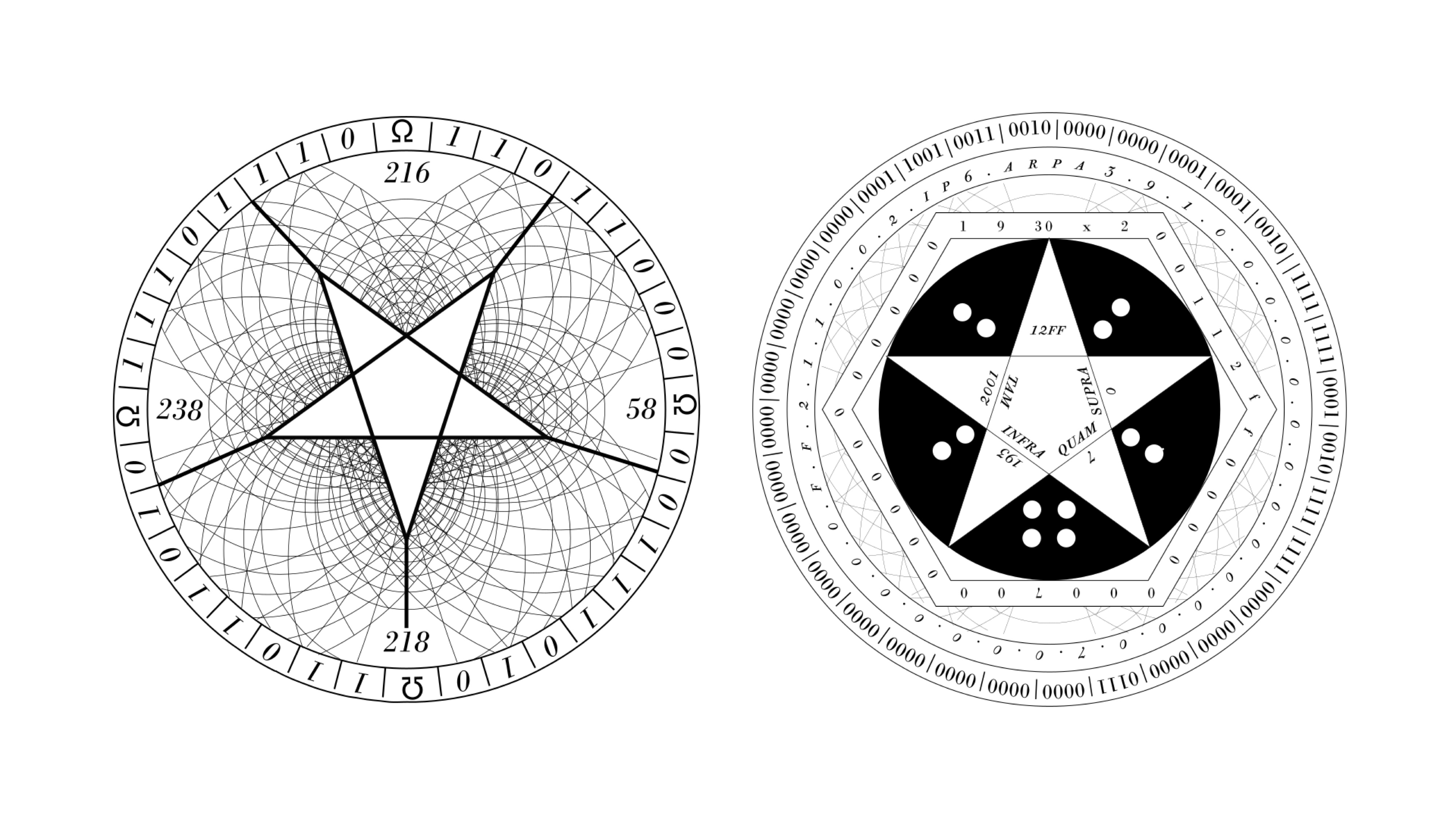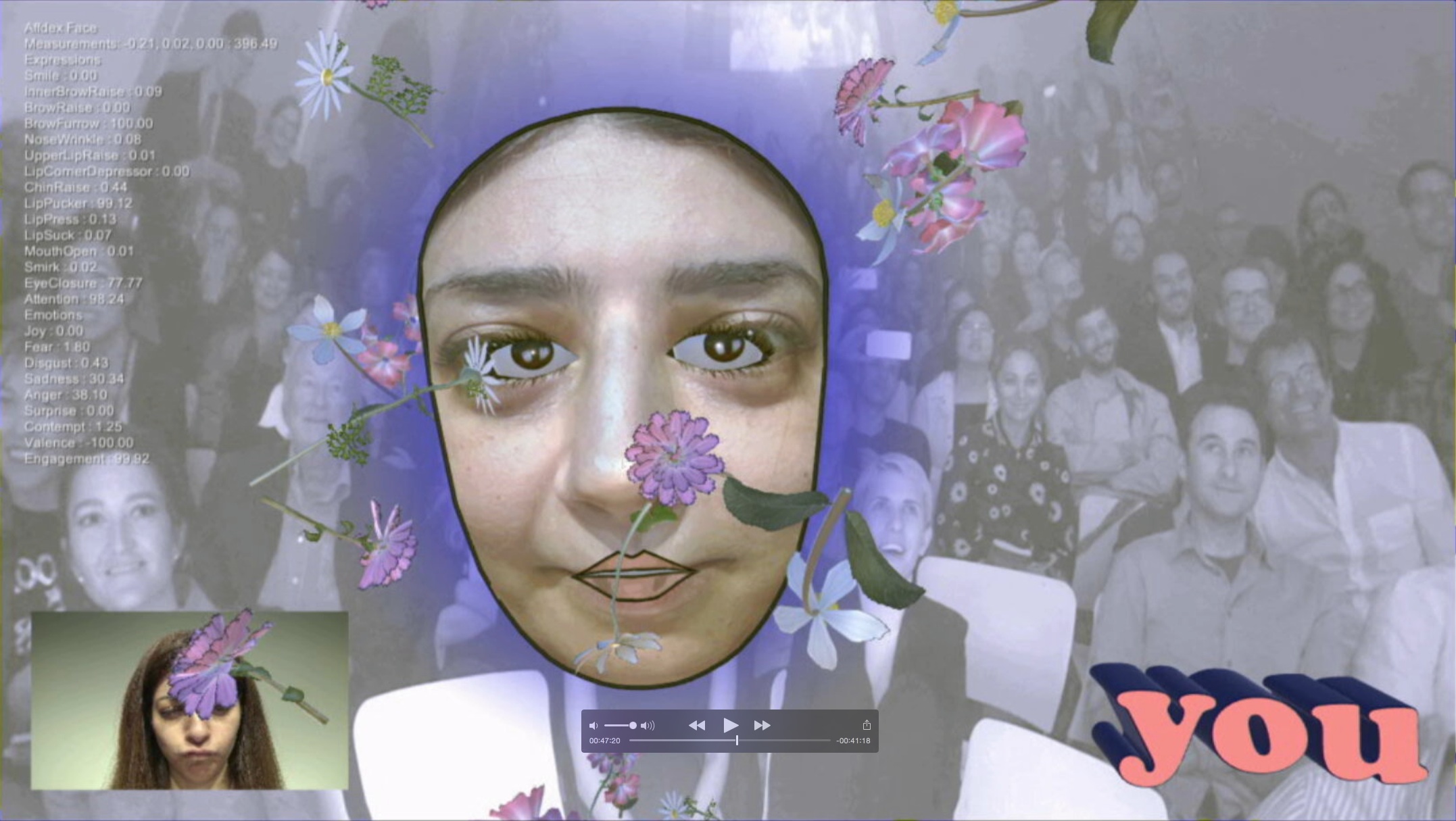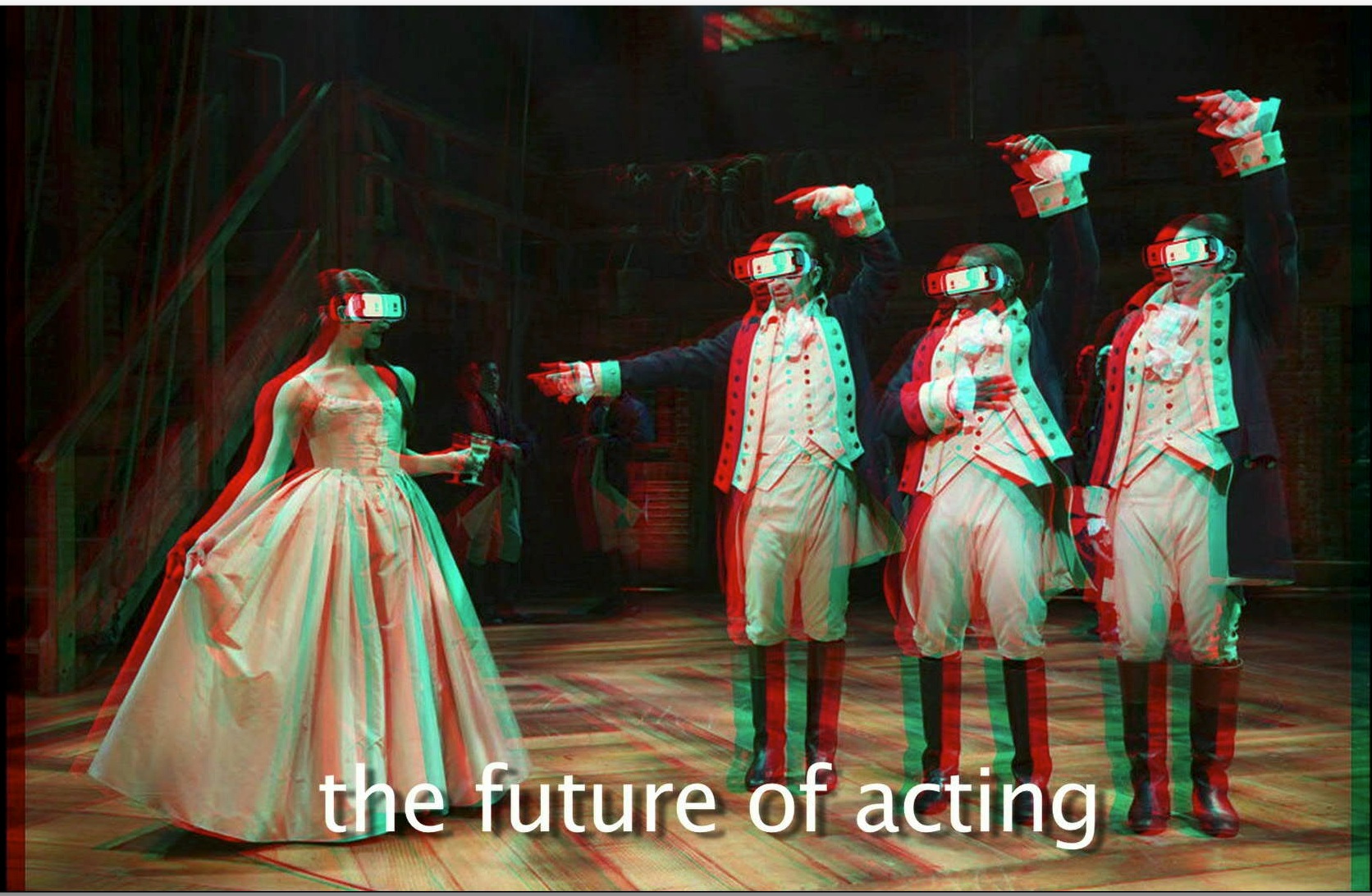The Seven on Seven presentation from Miranda July & Paul Ford is on the front page of rhizome.org; to view the rest of the day, as footage is being edited, please visit the live stream, provided by Refinery29, here.
On Saturday, May 14, Rhizome’s Seven on Seven conference took place at the New Museum. For the event, Rhizome pairs up seven artists and seven technologists and gives them a simple assignment: make something, then present the results in a public presentation. In the past participants were given twenty-four hours to do so, but for this edition the constraint was dropped, allowing the pairs to work at their own pace. With this shift, the conversations between pairs took on greater depth, without losing the sense of urgency and risk that distinguishes Seven on Seven.
Be an organizer, not an activist
Astra Taylor (keynote)
In her keynote address, Taylor kicked off the day with a political exhortation to put a renewed emphasis on the unglamorous work of organizing—building infrastructure, communicating, researching. While activist gestures such as banner-waving and political art get the lion's share of attention, more substantive change generally comes from less visible quarters.
Taylor discussed this in relation to Occupy Wall Street, in which the drum circles often seemed to distract from the hard work that needed to be done, and the Debt Collective, which has made highly organized efforts to address the issue of student debt such. Taylor used the example of the collective's recent Defense to Repayment App, which helps users easily dispute their federal student debt. Although the app is a software tool, it is much more a product of careful planning and legal research than technical wizardry – a useful reminder in the context of Seven on Seven.

The internet is a powerful and fragile form of magic
Artist Ingrid Burrington & Meredith Whittaker, Founder, Google's Open Source Research and Security Group
Burrington and Whittaker reimagined internet infrastructure and protocol as the contemporary occult in their project The Realm of Rough Telepathy, available at grimoire.computer. Discussing technical jargon in terms of secrecy, wizards, runes, and scrying glasses made concepts like IPV6 (the new standard that will open up more internet addresses, allowing additional devices to connect) seem spooky and mysterious, but also (bizarrely) more approachable. Thinking of the technology world as an offshoot of Shadowrun also made a strange amount of sense: "The Merchants have constructed vast private temples of worship, concentrated near San Jose, California, most of which exude the drab chipperness of a rich man eager to be congratulated for driving a moderately-priced car."
 Read more about Rough Telepathy on Topical Cream.
Read more about Rough Telepathy on Topical Cream.
When you are ready to genuinely connect, go to a Patch Party
Junglepussy, Rapper & Jenna Wortham, Staff Writer, The New York Times Magazine
"I am here to genuinely connect" is the phrase that will gain you entry to Manhattan's hottest new clubs. For their collaboration, Wortham and Junglepussy found a shared interest in the problematic ways in which social media incentivizes certain kinds of behaviors in relationships and social experiences. Like the fact that it's rare to meet someone without Googling them, making judgments about their status or value based on their online content. Rather than embracing Luddite calls for disconnection, the pair suggest a hi-tech solution for this hi-tech problem—an analgesic that would clear the user's mind of the worries of social media. It would be a patch, so that users could identify others who aimed to resist the influence of the internet on the social. And of course there would also be patch parties, for those who seek that genuine connection.
Math is a kind of painting
Hito Steyerl, Artist & Grant Olney Passmore, Cofounder, Aesthetic Integration
"Dear Donald Trump, We fixed your immigration plan.
"First, the bad news. We calculated with absolute certainty the probability that any Mexican president would pay for a wall on the US-Mexican border as 0 and, if possible, less.
"But this is not a problem. In a world in which policy is increasingly replaced by mathematical projection, the analysis of numbers is everything. So we analyzed the numbers and came up with a plan for you."
So began a modest proposal offered by Steyerl and Passmore, who looked at the "insane mathematics" that underlies actual public policy. Picking up the issue of illegal immigration, they found a 2012 white paper in which a mathematical formula is offered to calculate the effect of detainment on deterring illegal immigration. Taking this logic at face value, they concluded that illegal immigration could be reduced to zero if detainees would be imprisoned for an infinitely long time. While this may seem impossible, they argued, it is no less impossible than any of Trump's other policies. And so they proposed the creation of Trump Trident Hotel, which could offer a potentially infinite number of beds.
The real point, for Steyerl, was that the mathematics that underlies public policy is as subjective as any painting. It contains assumptions about the world, which reflect a certain worldview or perspective, but are too often understood as objective or neutral. To extend this point, the pair set up polimath.org, a wiki for exploring other ways in which the mathematics that powers public policy are subjective and even, to use their words, "insane," and concluded their presentation by tweeting it to @realDonaldTrump himself.

Interactive art should be emotionally intelligent
Jennifer Steinkamp, Artist & Rana el Kaliouby, Cofounder, Affectiva
The idea of mathematics-as-painting set up a provocative transition to the collaboration between el Kaliouby and Steinkamp, in which mathematical assumptions were used as the basis for a responsive artwork. Their project was based on Affdex, Affectiva's system for identifying emotion based on facial expression. Steinkamp and programmer Alex Rickett created a new app, You, in which a user's face is mapped onto an avatar based on a user's image. The user can then manipulate the avatar in real time as it visualizes their emotional state, as read by the Affdex system. This emotional data is shown onscreen as well, and the user quickly begins to cycle through expressions that are legible to the software as sadness or disgust. The app acts as a kind of software portrait, allowing users to see themselves as Affdex sees them, as interpreted by Steinkamp and Rickett. Their visualization isn't entirely neutral; when users reach a certain threshold of happiness on Affdex' meter, flowers fall across the screen—a familiar motif in Steinkamp's highly emotive installation practice, deployed here as a kind of incentive for users to express happiness.

Even bots face sexism in the workplace
Claire L. Evans, Artist and Writer & Tracy Chou, Software Engineer, Pinterest
Emotional relationships with software continued to be a central motif, as seen in the collaboration between Claire L. Evans and Tracy Chou. The duo were interested in the way that bots and other nonhuman actants become screens for assumptions about gender roles. Chou cited, for example, a study in which male drivers gave lower rankings to voice-guided navigation systems when the voice was feminine.
Responding to this set of conditions, their software-generated play is an office drama about an AI coming into sentience, read from a written script by the collaborators and three text-to-speech bots. The software that generates the play reassigns characters' gender each time it is run, highlighting audience assumptions about workplace roles.
The script and performance were enthralling, but you'll have to watch the video for those, or of course download the software from Chou's GitHub repository.
.jpg)
Inside-out, VR makes good theater
Trisha Baga, Artist
Mike Woods, Cofounder, White Rabbit VR
Baga and Woods followed with another contribution to the dramatic arts. They asked the audience to don red-green 3D glasses, and showed slides of scattered colored rocks and floating onion rings as a way of explaining the issue they aimed to address: the embodied experience of VR systems. Woods pointed out that VR doesn't have sophisticated body tracking that would allow users' bodies to be perfectly rendered inside the system. Most creators of VR respond to this constraint by either omitting the user’s body or by rendering it in a basic way while attempting to focus their attention on their surroundings, not on themselves. Baga felt that this bifurcated experience made VR users as interesting to watch as the worlds they were immersed in, and she showed a video of VR users at a recent screening to prove the point. They were really interesting to watch, and future media historians will thank Baga for having the foresight to document the experience of a VR screening in the as-yet early days of the medium.
This led Baga and Woods to offer up a proposal for Inside-Out VR, in which users wearing headsets are the performers, not the audience. To demonstrate, the lights were turned off, and Woods read from Dolly Parton's autobiography while a flashlight was directed at Baga who was actiong out the scene onstage.

A mock-up of inside-out VR from Baga and Woods' 3D presentation.
We are all obsessed with each other
Miranda July, Artist, Filmmaker, and Writer
Paul Ford, Writer, Programmer, and Cofounder, Postlight
The final presentation of the day began without preamble. July and Ford took the stage and began to recite “You were born in Korea. You were born on Halloween….”, details of childhoods, colleges pranks, weddings, and dreams were incanted. Gradually the audience began to realize that the “you” was literally them. Guestlist in hand, Ford and July had crafted a narrative from hundreds of pieces of online data generated by the audience. July had spent the last two weeks manually sifting though Instagram, Facebook, newspapers, personal blogs, and wedding registries, enlisting Starlee Kine (Mystery Show) as a research partner. Meanwhile, Ford had created a searchable database of the audience’s last ten thousand tweets. "You made this," they intoned, showing images of books and meals but not faces or real names. “This is your butt.” “This is your mom.” "It took you nine months, but you finally learned to play all of Debussy's ‘Clair de Lune.’ I think we can all agree with your mother when she says 'Bravo! Makes me want to move the piano out to the field so you can play by the moonlight.'"
Not everyone recognized themselves, but others gasped in self-recognition as their home addresses and recently deceased pets appeared onscreen. It was at points uncomfortable, hilarious, and moving, and offered the perfect place to leave a conference that is always more generative than conclusive: with the people in attendance, as they carried this experience back out into the world.
SEVEN ON SEVEN 2016 WAS SUPPORTED BY

Major support for Seven on Seven was also provided by the Sara & Evan Williams Foundation, and Silicon Valley Community Foundation.
